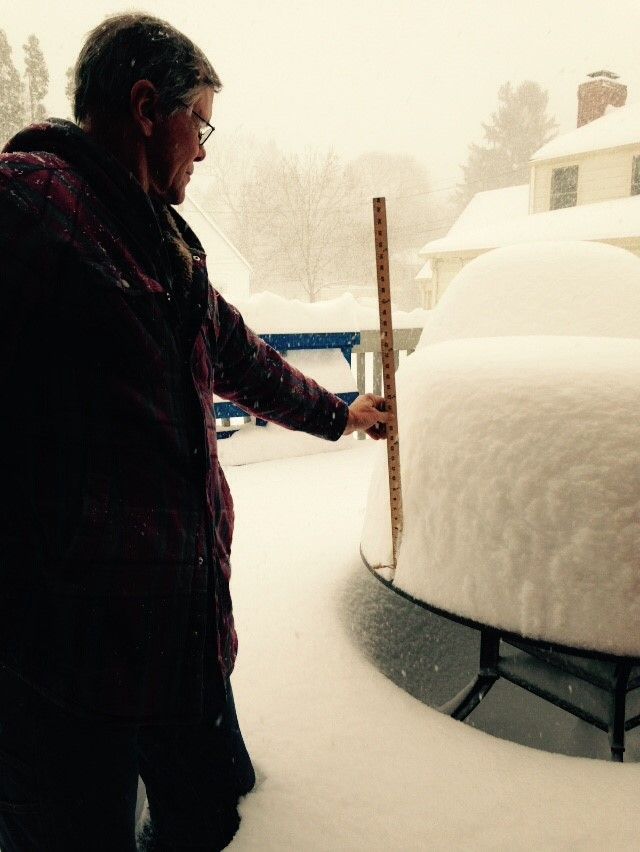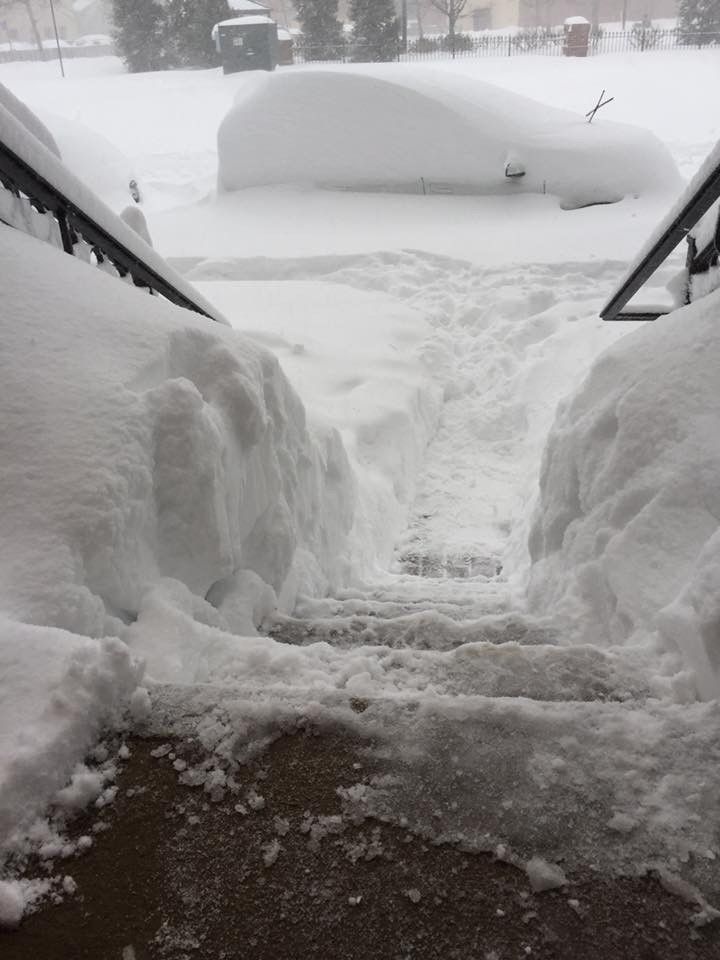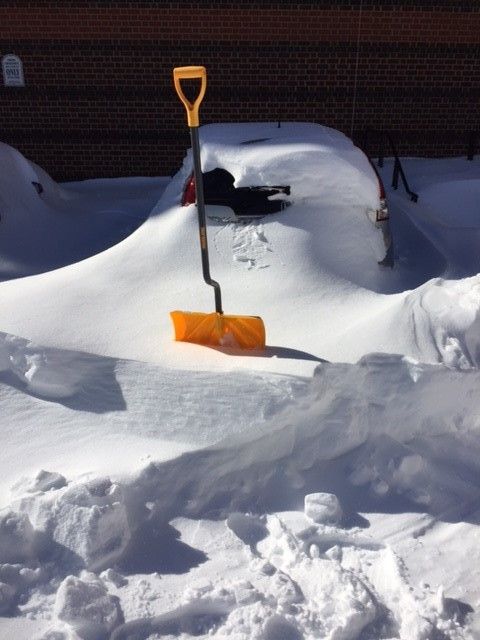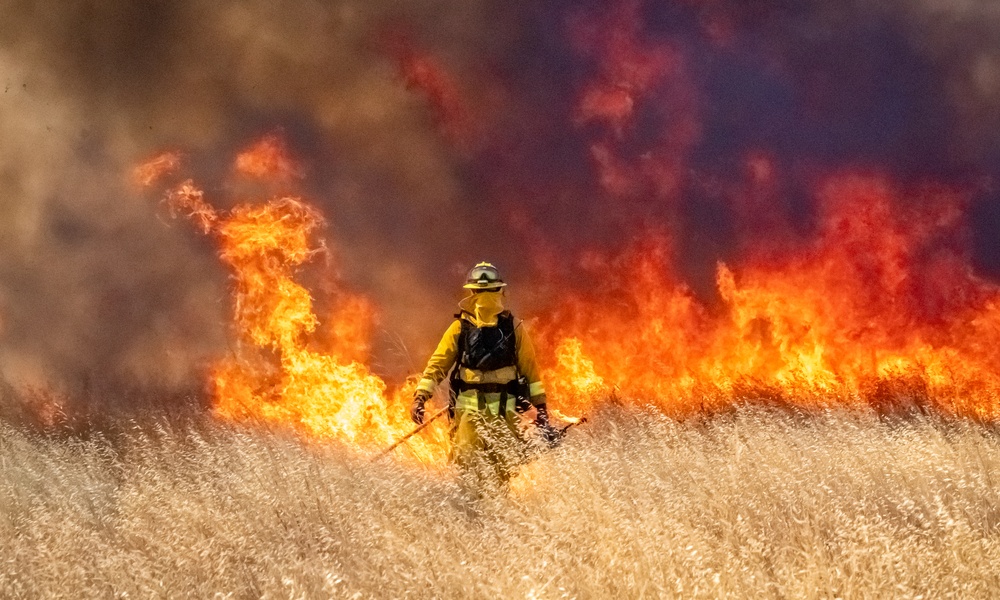Blog
Winter storm messaging: Informing the public before, during and after Jonas
Observations from the National Capital Region

Emergency managers and public information officers across the Mid-Atlantic and Northeast proactively informed their communities as Winter Storm Jonas covered many areas with record-setting snowfall. In the National Capital Region, where eighteen counties, cities, and the District of Columbia are using Everbridge’s mass notification platform, the highest recorded snowfall was 34.2 inches (reported in Leesburg, Virginia).

Across the region, government officials sent 12,261 notifications to residents and government employees over a 7-day period—an average of one notification every 1.2 minutes. Many residents and employees received numerous notifications via multiple methods (e.g., email, SMS text messages, phone calls, the mobile app), which totaled 16.1 million messages sent to the region.

“People in this region regularly travel across jurisdictional boundaries, and regardless of where they are or where they’re going, all jurisdictions try to ensure our communities get timely and accurate information in ways that are convenient for them—email, text, the ContactBridge app, phone calls and more,” explained Sulayman Brown, Assistant Coordinator and Manager of Operations and Outreach at Fairfax County Office of Emergency Management. “We coordinate messages with neighboring jurisdictions to ensure consistency and deliver sound advice to the public. For example, several jurisdictions sent the same ‘stay off the roads’ notice to their residents to make it clear that it was unsafe to drive,”
Below are the types of messages sent regarding Winter Storm Jonas:
- Before snowfall
- National Weather Service advisories, watches and warnings.
- Closings, delays and openings for government buildings, schools, public transit systems and more.
- Get supplies—Fill up gas tank and stock up with food, water, medications, shovels, flashlights, pet-friendly ice melt, firewood, and other essentials.
- Stay informed—Monitor text and email alerts and stay tuned to local TV and radio stations for updates.
- Have a backup plan—If power goes out or home becomes damaged, know where you can stay. Talk to your neighbors, family, friends and co-workers to hear what they’re doing to get prepared.
- Power up—Keep communication devices charged (e.g., cell phones, computers, etc.) and replace batteries in weather radio, carbon monoxide detectors, and flashlights.
- Shelter information—Locations and phone numbers for warming centers and public shelter (for homeless people, abandoned pets, and people who lose power).
- During snowfall
- Protective actions—“Stay off the roads” and “Stay inside” notices during storm.
- Road conditions, road closures, visibility, weather-related incidents (water main breaks, cracked train rail, etc.), and traffic updates.
- Updates to National Weather Service advisories, watches and warnings.
- Emergency declarations, closings, delays and openings for government buildings, transit systems, schools and more.
- After snowfall
- Snow removal—Progress updates on clearing roads and requests for public to help clear storm drains and fire hydrants.
- Snow emergency: parking information and notices for when cars should be removed from roadways
- Personal and home safety tips—Techniques to avoid injury while shoveling; assist elderly with shoveling; clear snow from at least two separate exit paths from home; clear snow from furnace, dryer and hot water vents to prevent carbon monoxide poisoning; warn against using generators indoors and not to go on roof to remove snow.
- Updates: shelter closings, school openings, public building openings, transit lines rerouted, public transit restart.
- Home safety tips—Warn against using generators indoors.
- Car safety tips—Clear snow and ice from exhaust pipes before starting vehicle; don’t let children sit in idling car while shoveling; clear ice and snow off car roof before driving.
- Playing in the snow—Tips for sleigh riding (e.g., choose a safe hill and sled; wear a helmet; avoid scarves and accessories that can get stuck on sled); set time-limits for children in snow; dress in layers; avoid making snow forts in snow banks.
- Emergency declaration updates and closings, delays and openings for government buildings, transit systems, schools and more.
Numerous assets with tips and best practices for critical communications are posted under the Resources section on www.everbridge.com. Current Everbridge users can also access Everbridge University for more detailed instruction.
Photo credits (top to bottom): Pat Crane, Megan Bixler, and Stephen Last.


